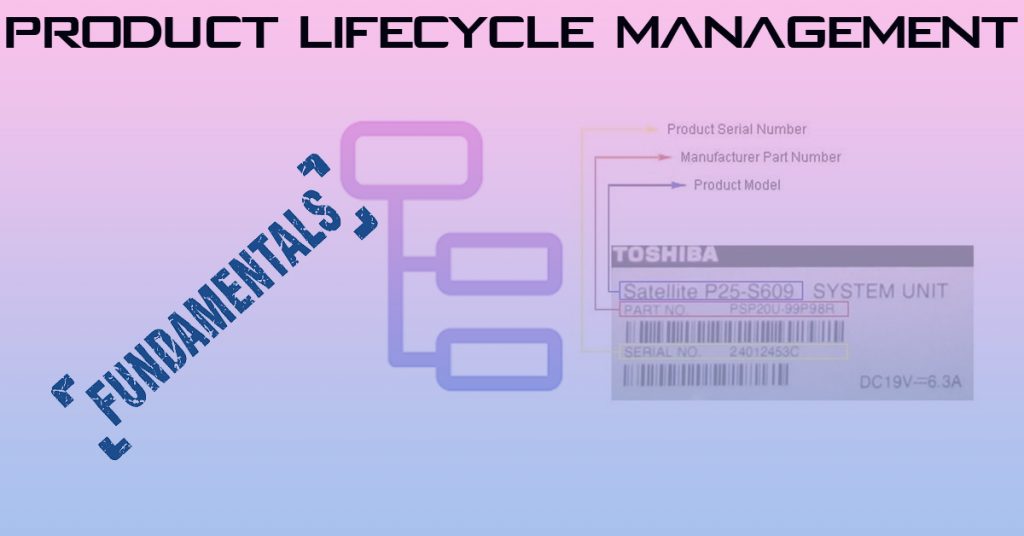
A Bill of materials (BOM) is a considerable list of resources, elements and also settings up called for to construct, manufacture a product and service of an item.
Understanding the Hierarchical Structure of a Bill of Materials (BOM)
A Bill of Materials (BOM) is a comprehensive list of resources, components, and assemblies required to build and manufacture a product or service. This hierarchical representation typically starts with the end product at the highest level and breaks down into individual components and materials that are delivered to the customer. In engineering and manufacturing, two types of BOMs are widely discussed: the Engineering BOM (EBOM) and the Manufacturing BOM (MBOM).
Engineering BOM (EBOM): Bridging the Gap between Product Design and CAD Tools
The EBOM is primarily developed by product engineers, drawing upon Computer-Aided Design (CAD) or Electronic Design Automation (EDA) tools. It contains the product’s conceptual design, specifying all the necessary components and their relationships. The EBOM acts as a blueprint for the product’s structure and serves as the foundation for subsequent stages of the product development process.
Manufacturing BOM (MBOM): Realizing the Complete Product Assembly
The MBOM is an essential part of the product development journey, providing detailed information about all the parts and assemblies required to build the final shippable product. It plays a pivotal role in synchronizing product design data with enterprise resource planning (ERP) systems and other legacy applications, including material requirement planning (MRP) and manufacturing execution systems (MES).
Data Management Challenges and the Need for PLM
As manufacturers, from small enterprises to large corporations, handle ever-increasing volumes of data, efficient management and tracking become critical. Unfortunately, many enterprises still rely on traditional, inefficient methods like Excel spreadsheets, without utilizing dedicated Product Data Management (PDM) or PLM solutions. In today’s world of smart connected products, where heterogeneous CAD systems are prevalent, consolidating product design data into a central repository becomes imperative.
The Significance of Unambiguous Part Numbering in BOM
Establishing accurate, consistent, and unambiguous part numbers throughout the entire product lifecycle is crucial for precise product design, development, testing, and maintenance. Each item within the product structure, originating from CAD, must be uniquely identified to avoid confusion as parts merge into a common BOM. A well-implemented PLM system addresses this challenge by providing a comprehensive approach to managing part numbers, which can be seamlessly integrated back into each CAD system.
The Power of PLM System in Managing Part Numbering
A PLM system plays a pivotal role in both consolidating design data resources and managing part numbering efficiently. By providing a central repository for design data, it streamlines the collaboration among cross-functional teams involved in new product development, thereby preventing costly downstream issues for ERP and MES.
The Essence of an Effective BOM
A well-structured BOM assigns a unique part number to each component, facilitating easy referencing and identification for all stakeholders throughout the product lifecycle. Additionally, a comprehensive BOM should include consumables like glue, cables, bolts, and labels, ensuring a holistic view of the product’s composition. Utilizing the part numbering capabilities of a PLM system can simplify and standardize the part numbering schema, enhancing overall efficiency.
Embracing the Future of PLM
In conclusion, Product Lifecycle Management (PLM) stands at the forefront of an emerging industry, offering best practices for part numbering and seamless collaboration among cross-functional teams during the new product development process. The proper implementation of PLM not only ensures efficient management of BOMs but also drives innovation, accelerates time-to-market, and reduces costs, ultimately leading to enhanced customer satisfaction.
Partnering with PLM for a Brighter Tomorrow
Unlock the full potential of your product development process by embracing the power of PLM. Contact us today at contact@neelsmartec.com to discover how our PLM solutions can revolutionize your business, optimize part numbering, and pave the way for a successful future in a rapidly evolving industry. Embrace the PLM advantage and stay ahead in the competitive landscape.


